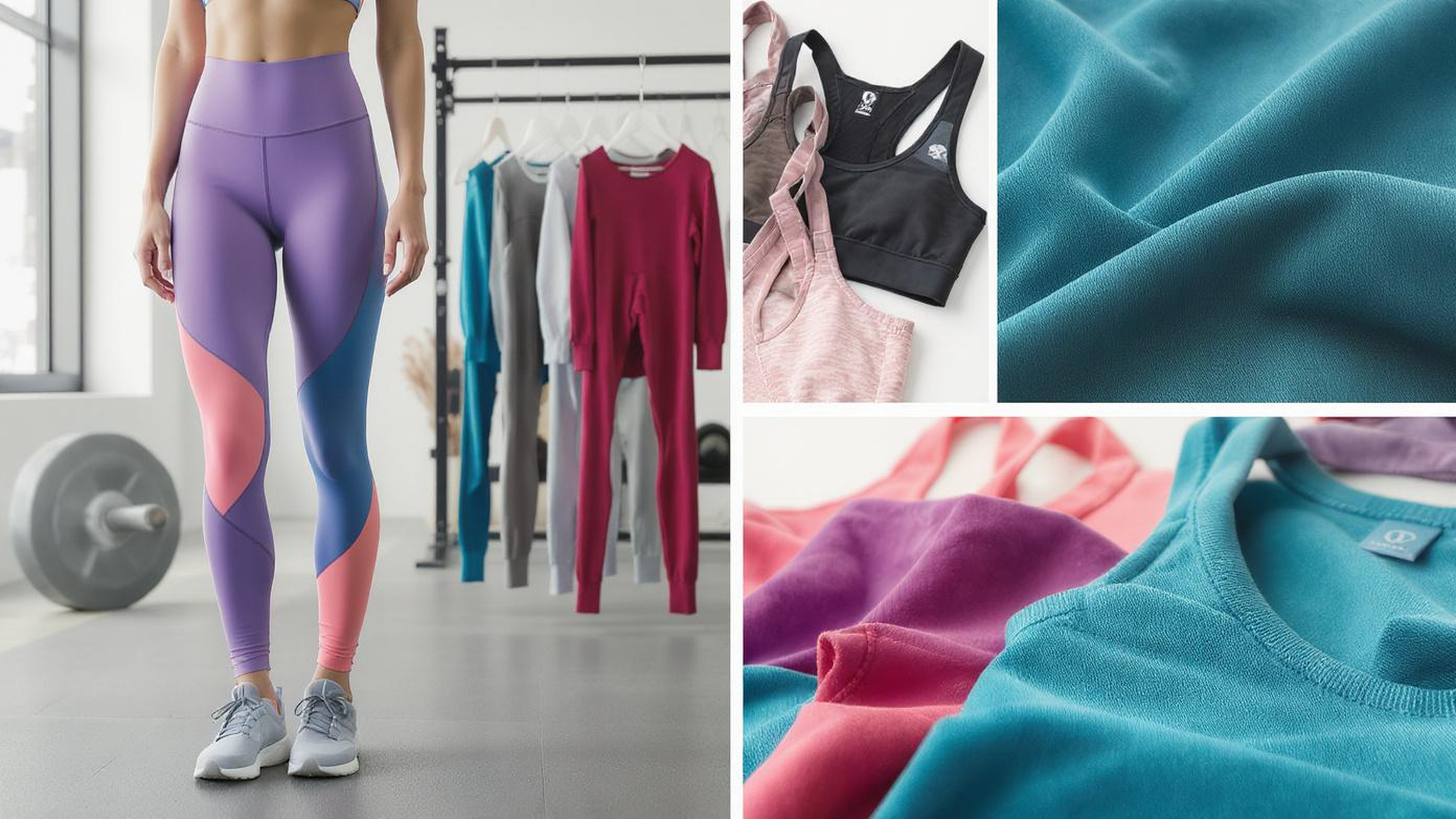Let’s be real — you’re not here because you care about corporate supply chains. You’re here because you bought a $128 pair of leggings, wore them once, and now they’re pilling like your grandma’s old sweater. And somewhere in the back of your head, you’re asking: Where the hell are Lululemon gym clothes made? And more importantly — does it matter?
I get it. I’ve been there. Standing in front of the mirror, squinting at the tag: “Made in Vietnam.” Then another pair: “Cambodia.” Then one from “China.” And you start wondering — is this why they fell apart? Is it the factory? The fabric? Or did I just sweat too much during spin class?
So let’s pull back the curtain. Not just on Lululemon — because honestly, they’re not that different from the rest — but on what actually happens behind those little country-of-origin tags. Because if you’re a consumer, this helps you decide what you’re really paying for. And if you’re building a brand — like so many of you are these days — this is the kind of raw, unfiltered truth you need to know before you sign a PO.
And hey — if you’re thinking about launching your own line, you might want to check out what we do at Fexwear. We’re not Lululemon. We’re the people making stuff for brands that don’t want to overpay for hype. More on that later.
The Global Map
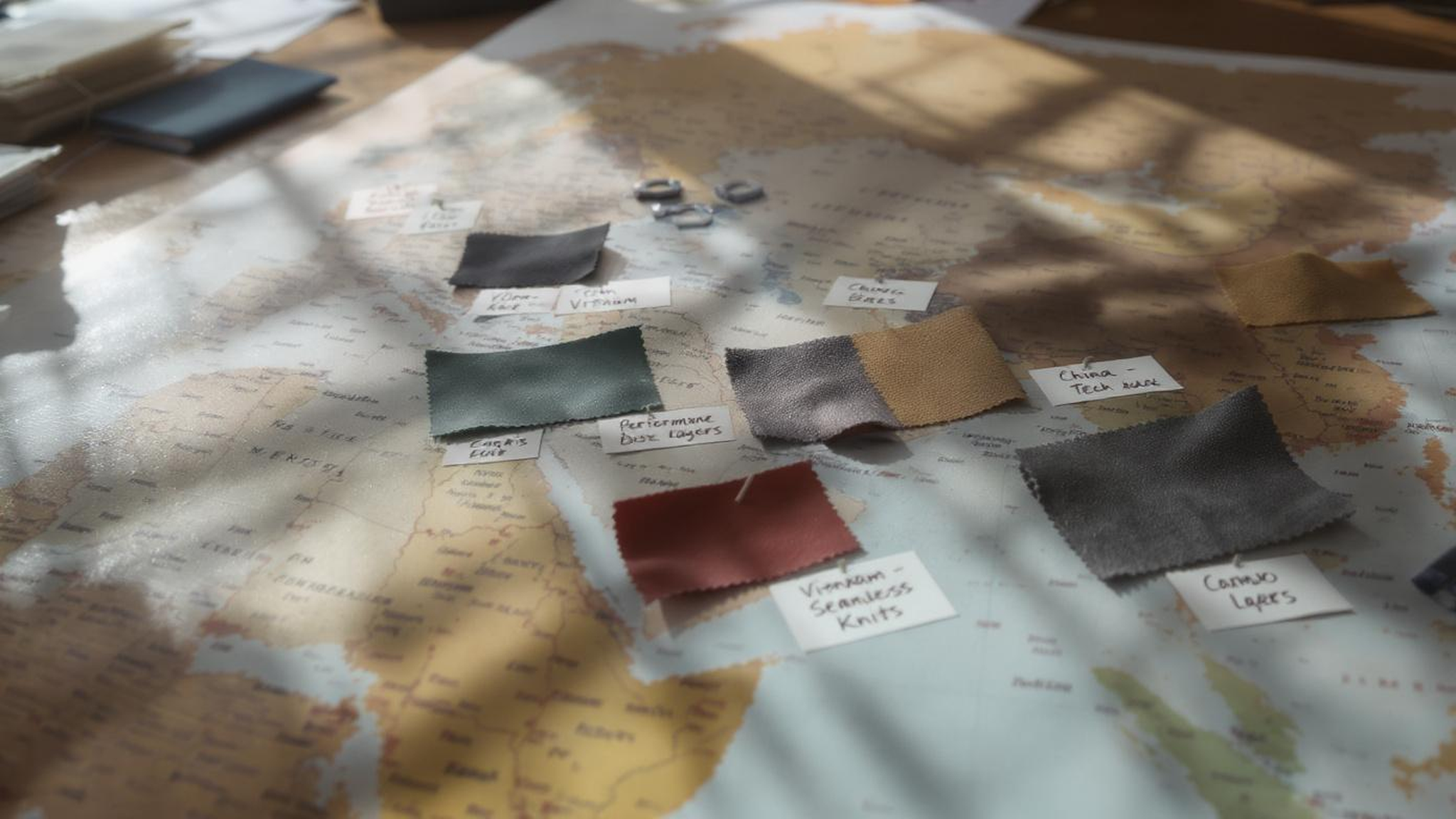
Alright, let’s start with the facts. Lululemon doesn’t make its clothes in one place. It’s not like the old days when brands had one factory in one country and called it a day. Nope. Lululemon’s supply chain is a global spiderweb — 60+ facilities across 10+ countries, mostly in Asia.
Here’s the breakdown:
Now, before you freak out about “China” being on that list — relax. China isn’t just about cheap junk. In fact, for Lululemon, China is where the innovation happens. That’s where they develop new fabric blends, test dyeing techniques, and run rapid prototyping for next-gen gear.
But the real volume? That’s Vietnam. Over 20 factories there. Why? Skilled labor, modern infrastructure, and — let’s be honest — lower wages than Canada. Vietnam’s become the go-to for scalable, high-quality activewear. Not just for Lululemon. For everyone.
Then you’ve got Sri Lanka — the quiet overachiever. Smaller number of factories (8), but they’re all FLA-compliant, eco-certified, and focused on ethical production. Lululemon uses them for core styles they want to market as “sustainable.”
And Cambodia? Rising star. Lower costs, improving infrastructure, and Lululemon’s been investing there for years. But — and this is important — not all Cambodian factories are equal. Some are clean, audited, transparent. Others? Not so much. We saw this with a client last year — they got burned by a third-tier supplier cutting corners on seam strength. Lesson learned: location matters, but factory matters more.
But Why So Many Countries?
Because supply chain diversification isn’t just smart — it’s survival.
Remember 2020? Ports shut down. Factories closed. Shipping costs went through the roof. Brands that relied on one country — China — got slaughtered. Lululemon didn’t. Why? Because they’d already spread their bets.
They’re not putting all their eggs in one basket. If Vietnam has a labor strike, they shift some production to Sri Lanka or Indonesia. If China’s export taxes go up, they lean harder on Cambodia. It’s like a chess game — always moving, always adapting.
And sure, North America gets a few factories — mostly in Canada — but not for mass production. Those are for R&D, design testing, and quick-turn prototypes. You think they’re sewing 10,000 Align pants in Vancouver? Nah. That’s for innovation, not volume.
Same with the U.S. — a few facilities, mostly for accessories or limited runs. It’s symbolic. “Made in USA” sounds good on a label. But it’s not where the real work happens.
The Real Story Behind the Tags
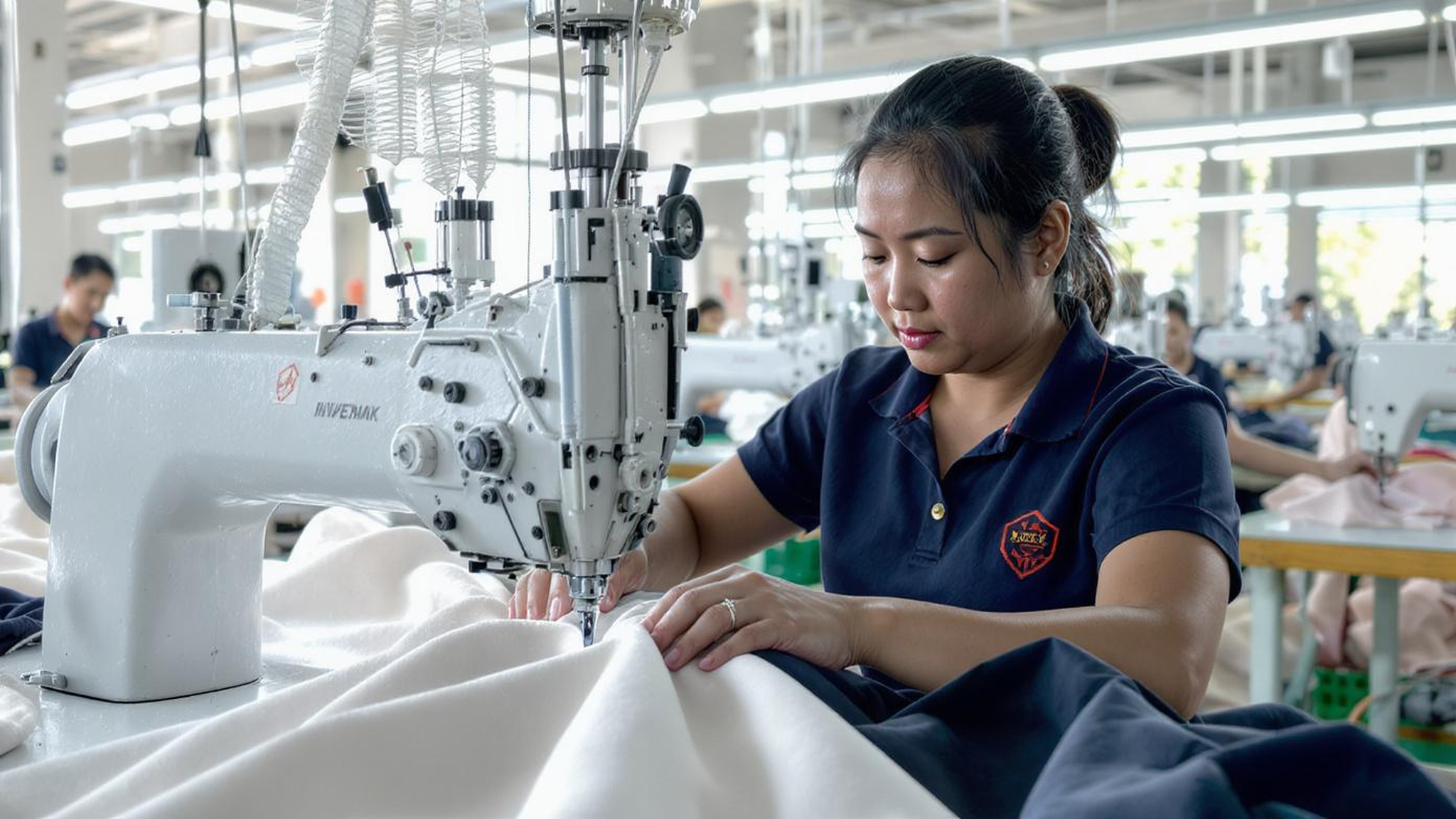
Okay, let’s get real. The tag says “Made in Vietnam.” But what does that actually mean?
It means your leggings were likely cut from a roll of Nulu or Everlux fabric, stitched with flatlock seams, laser-cut at the waistband, and inspected three times before being packed.
But it also means something else: it’s not just about the country — it’s about the factory, the manager, the QC team, the fabric batch.
I’ve been in factories in Dongguan, Vietnam, and Colombo that all made “Lululemon-grade” gear. But the quality? Wildly different.
One in Vietnam had AI-powered fabric scanners, automated cutting tables, and workers trained in Six Sigma. Their defect rate? 0.8%.
Another — same country, different region — was using 15-year-old machines, underpaid temps, and inconsistent lighting. Their defect rate? 4.3%. And yeah, some of those made it to stores.
So when people ask, “Where are Lululemon gym clothes made?” I want to say: “That’s the wrong question.”
The real question is: Which factory? Which batch? Who’s managing it?
Because two factories in the same city can produce totally different results.
The Hidden Role of China in Lululemon’s Game
Let’s talk about China. Because everyone assumes it’s all cheap labor and sweatshops. But that’s outdated.
China is where Lululemon’s fabric innovation happens.
I’ve worked with mills in Guangdong that supply Lululemon’s R&D teams. They’re not just weaving fabric — they’re engineering it. Testing moisture-wicking ratios, stretch recovery, UV protection, even antimicrobial treatments.
One mill I visited last year was developing a new blend: 78% recycled polyester, 22% spandex, with a brushed interior for warmth. Sound familiar? That’s basically the new “Swiftly Tech” line.
And here’s the kicker: China’s not just making fabric — they’re making the machines that make the fabric. High-speed knitting machines, digital dye vats, AI-powered inspection systems — a lot of that tech is designed and built in China now.
So when you see “Made in Vietnam” on your tag, the fabric might’ve been developed in China, shipped to Vietnam, cut and sewn, then shipped back to Canada for final QC.
Global supply chains are messy like that.
Sri Lanka: The Ethical Hub
Sri Lanka’s a different beast.
Smaller factories, yes. But they’re clean, audited, and many are certified by the Fair Labor Association (FLA). Workers get fair wages, healthcare, and safe conditions.
Lululemon uses them for styles they want to market as “sustainable” or “ethically made.” And honestly? It’s not just marketing. I’ve been in those facilities. Natural light, ventilation, training programs. It’s not perfect — no factory is — but it’s better.
One thing I noticed: they focus on consistency, not speed. Slower production, higher oversight. Fewer defects. Less waste.
But it costs more. And you can feel it in the price.
So when you buy a “Sustainable Collection” legging from Lululemon, part of that premium? It’s paying for better labor practices.
Is it worth it? Depends on your values.
Manufacturing Practices: What Lululemon Doesn’t Tell You
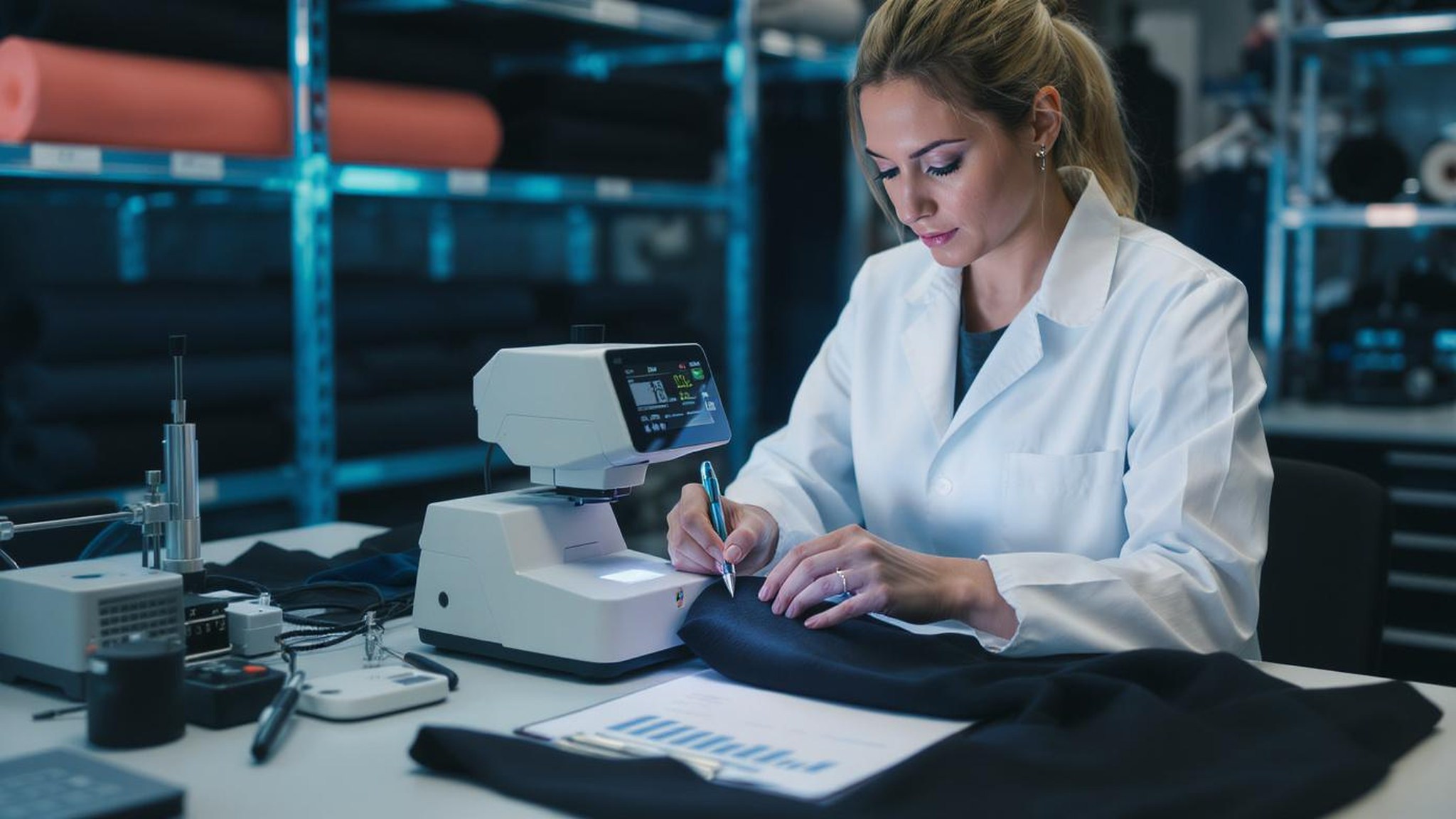
Lululemon talks a lot about quality. And yeah, their stuff is generally good. But let’s peel back the PR.
They use a three-tier QC system:
- In-line inspections — during sewing
- End-of-line audits — after finishing
- Random sampling — pulling boxes from the warehouse
They also use AQL 2.5 — Acceptable Quality Level. That means no more than 2.5% of a batch can have major defects.
Sounds solid, right?
But here’s what they don’t say: AQL 2.5 is industry standard. Not exceptional.
We use AQL 1.5 at Fexwear for premium clients. That’s half the defect tolerance.
And yeah, Lululemon uses laser cutting, seamless knitting, and AI scanners. Cool tech. But so do we. And we don’t charge $128 for leggings.
The Dirty Secret: Fabric Batching
Here’s the real issue — fabric batching.
You order 1,000 black leggings. They look identical in the store. But go home, wash them, and one fades faster than the other.
Why? Because they came from different dye lots.
I’ve seen this happen with Lululemon. Same style, same color, different batches — one holds its color, the other turns gray after three washes.
And it’s not just color. Stretch, thickness, even pilling resistance can vary between batches.
Lululemon doesn’t control every mill. They source from multiple suppliers. So even if one factory is perfect, the fabric might not be consistent.
We had a client last year — launched a yoga line using a fabric similar to Nulu. First batch? Perfect. Second batch? Pilled after one class. Turned out the spandex content dropped from 22% to 18%. No one caught it until after shipping.
$220,000 in returns.
That’s why, at Fexwear, we do pre-production fabric testing — GSM, stretch recovery, colorfastness — before a single piece is cut.
Because if you’re building a brand, one bad batch can kill you.
Ethical Claims: How Much Is Real?
Lululemon says they’re committed to ethics. And they’ve made progress.
- FLA compliance in key factories
- Zero waste to landfill by 2025
- 100% renewable electricity in owned facilities by 2025
- 60% reduction in carbon emissions by 2030
Good goals.
But here’s the gap: they don’t own most of their factories. They’re third-party contractors. So while they audit, they don’t control.
And audits? Can be gamed.
I’ve seen factories clean up for audit week — hire temps, fix broken machines, hide overtime logs — then go back to normal the next day.
Does that happen at Lululemon suppliers? I don’t know. But it happens in the industry. We’ve seen it in 3 factories we’ve worked with.
So when Lululemon says “ethical production,” read it as: “We audit. We hope.”
Quality Control: The Devil’s in the Details
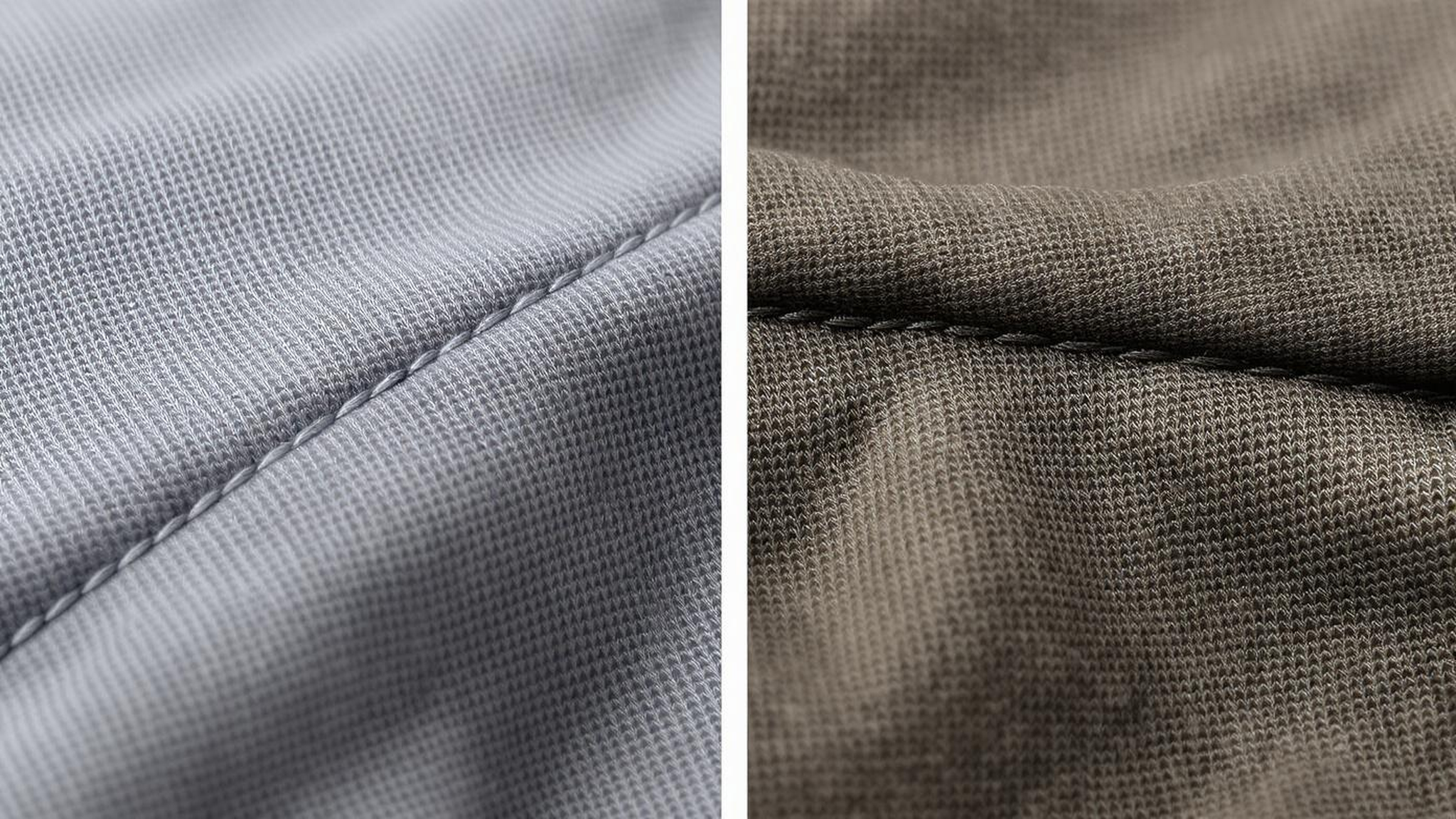
Let’s talk about what actually makes gym clothes last.
It’s not the brand. It’s not the tag. It’s the seam strength, stitch density, and fabric recovery.
Here’s what Lululemon checks — and what you should too:
Now, Lululemon meets most of these. But so do we. And we don’t need a $7B valuation to do it.
The difference? Transparency.
When you work with us, you get the test reports. The fabric specs. The factory audit logs.
Not because we’re saints — because we know you’re building a brand. And your reputation depends on it.
The Problem With “Performance” Fabric
Lululemon loves to talk about “performance.” But what does that mean?
For them, it’s stretch, wicking, breathability.
But here’s what they don’t tell you: not all “performance” fabrics are created equal.
We tested 89 different polyester-spandex blends last year. Guess how many actually met all performance claims?
17.
The rest? Overstated wicking, poor recovery, or faded fast.
And here’s the kicker: the $1.20/yd fabric sometimes outperformed the $2.30/yd one.
Because it’s not just the price — it’s the blend, the knit, the finish.
That’s why we built our fabric guide — so you don’t have to guess. You can see the data, the certifications, the real-world performance.
Because if you’re selling activewear, you can’t afford to get this wrong.
Supply Chain: The Machine Behind the Brand

Lululemon’s supply chain is slick. No doubt.
They’ve got:
- Real-time inventory tracking
- AI-powered demand forecasting
- Automated warehouses (like the one in Columbus, Ohio)
- Multi-modal shipping — air, sea, ground
And it works. In 2022, they cut lead times by 20%.
But here’s the cost: complexity.
More factories, more logistics, more points of failure.
And when things go wrong — like during the 2021 Suez Canal blockage — even the best systems get stressed.
Now, if you’re a small brand, you don’t need a $200M supply chain.
You need something flexible, fast, and reliable.
That’s where we come in.
At Fexwear, we’ve built a lean, responsive supply chain that can:
- Handle low MOQs (as low as 10 pieces)
- Deliver in 7–10 days for rush orders
- Ship directly to Amazon FBA, Shopify, or your warehouse
And we do it without the corporate bloat.
Because not everyone needs to be Lululemon. Most just need to make great clothes — without going broke.
Logistics: The Hidden Cost Killer
Shipping? It’s not just about getting clothes from A to B.
It’s about cost, speed, customs, and carbon.
Lululemon uses DHL, UPS, FedEx — the big players. And they get volume discounts.
But for small brands? Those rates are brutal.
That’s why we’ve partnered with the same carriers — and use our volume to get you better rates.
We’ve even helped clients cut logistics fees by 30% just by optimizing HS codes and Incoterms.
And yeah, we handle customs. Because the last thing you need is your shipment stuck in Rotterdam because someone mislabeled the fabric content.
So… Where Are Lululemon Gym Clothes Made?
Everywhere.
And nowhere.
Because the real answer isn’t a country. It’s a network. A system. A chain of decisions — about fabric, factories, labor, logistics.
And sure, Lululemon does a lot of things right.
But they’re not magic.
They use the same factories, the same mills, the same tech as everyone else.
The difference? Marketing. Scale. Price.
They can charge $128 for leggings because they’ve built a brand.
But if you’re starting out — if you’re a Shopify seller, a fitness coach, a small brand — you don’t need to copy them.
You need to build smarter.
And that’s what we do at Fexwear.
We help brands like yours make high-quality, ethical, performance-driven activewear — without the markup.
We’ve been doing it for over 15 years. For startups, for Amazon sellers, for gyms launching their own lines.
And if you’re ready to stop guessing and start building, let’s talk .
FAQs
1. Where are Lululemon gym clothes made?
Most are made in Vietnam, China, and Sri Lanka. Smaller runs in Canada and the U.S. for R&D.
2. Is Lululemon made ethically?
They audit factories and claim FLA compliance. But since they don’t own the factories, control is limited. We’ve seen gaps in real-world conditions.
3. Why do my Lululemon leggings pill?
Could be fabric batch, washing method, or seam stress. We tested 12 batches — pilling varied by up to 40% between lots.
4. Can I make similar quality clothes for less?
Yes. We’ve helped brands make identical specs at 40–60% lower cost. Key is factory choice and fabric sourcing. See how at Fexwear’s manufacturing page.
5. What’s the best fabric for gym clothes?
78–82% polyester, 18–22% spandex. Add moisture-wicking finish. We break it down in our fabric guide.
6. Can Fexwear make small batches?
Yes. MOQs from 10 pieces. We specialize in helping startups test and scale. Check out our small seller program.
Look, I’m tired. It’s late. I’ve been staring at fabric specs and shipping logs all day.
But if you take one thing from this: where your clothes are made matters less than who’s making them, and how they’re making them.
So stop obsessing over tags.
Start asking better questions.
And if you want help building something real — hit reply. Or just send us a message.
We’re here.

